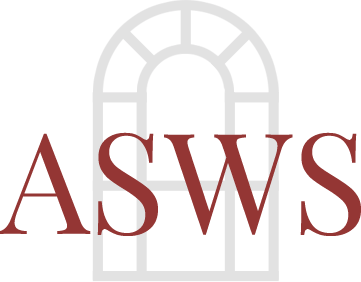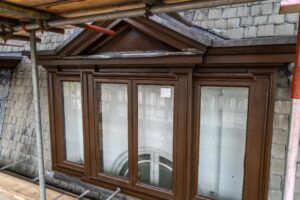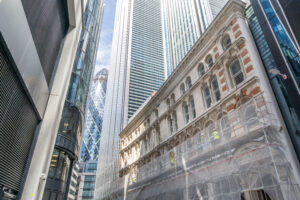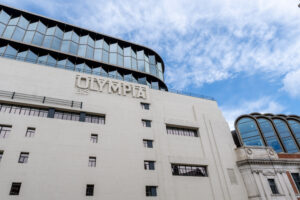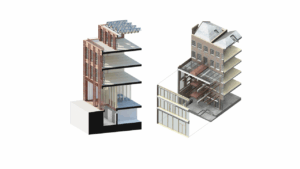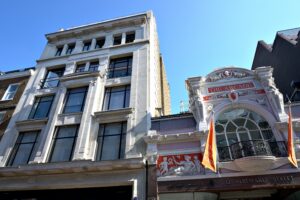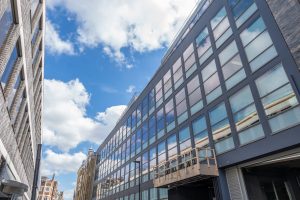Kris Bennell, Director of Associated Steel Window Services (ASWS) discusses the continuing health threat posed by a class of paint which has been banned for the past 30 years; and the solutions.

“Dealing with lead paint in old buildings is a growing issue; options include grit-blasting in-situ or at off-site premises, removal by chipping, or chemical poultice. Lead paint is not a prohibitive problem; it is a management process.”
Commercial property companies and the construction industry are fully experienced now in the measures which must be taken to counter the threat posed by asbestos in its many forms, but our older properties still contain other potentially dangerous substances – with one hiding in plain sight. The use of lead paint was banned back in 1990, yet it is not a notifiable issue, and the removal can be just as serious as that of asbestos.
Lead paint can be considered a problem of the past but, because of the lack of education and understanding surrounding it, and the fact that it can be considered tricky to remove safely, there has been a tendency to just apply new coats of paint over the top. Therefore, if lead paint is present, it is likely to be the bottom one or two coats or the primer, which means there remains the risk that, if the surface is impacted or damaged, then small fragments or dust can be inhaled. Long term exposure can cause serious illness; so removal of lead containing paints during extensive refurbishments removes any residual risk to future users of the building.
An experienced contractor should be appointed to conduct a lead paint analysis as part of its survey procedures, addressing the façade and inner surfaces such as columns and handrails, as well as the fenestration. ASWS undertakes a laboratory lead test, not XRF, which often only analyses the top coats of paint. The paint samples, taken all the way back to the substrate material, will be referred to a laboratory, where any result above 1% lead by mass (Pb) will be highlighted and precautions taken, as per the HSE Control of Lead at Work Regulations (CLAW 2002).
Any actions which turn lead paint into dust, or involve heating it up, are potentially dangerous in terms of breathing problems, and can cause heavy metal poisoning, which is an irreversible condition. These controllable procedures require correct use of RPE (respiratory PPE) together with barriers to protect the public or other workers and selection of the appropriate removal method.
Off-site grit blasting option
This is the safest, cleanest and most efficient way to prepare the surfaces. We would carefully remove the windows, panelling or metalwork and take to our facilities in Kent. There the items would be carefully hung in a blasting chamber where the items would be blasted with varying levels of grit or aggregate, depending on the material and condition. This leaves the material completely free of all paint and detritus. This is then cleaned down and air blasted ready for prep and paint. If removal off-site is not viable, you are left with a few alternative options, as listed below.
Chemical poultice
This is a great option for timber windows, as well as steel and other materials. A water-based alkaline paste is applied to windows or other surfaces in a thick layer, this is then wrapped in blankets and left for 24-48 hours, depending on what the sample area has shown. The blankets are then peeled off and, normally, most of the paste remains stuck to the blankets. The paint, and lead content, is retained within the ‘poultice’ which converts any lead present into a compound that can be safely disposed of without endangering the environment. We then remove any excess poultice and wash the windows down with water. Once the window is clean and dry, the whole surface would need to be neutralised with a slight pH acid based cleaner before any painting can be undertaken. This is a lengthier and more detailed process but has benefits as glass and reveals can remain undamaged. This type of paint removal does not allow access to the hidden faces or the window or the U-section around a steel window though, which is often unpainted and a source of rust or rot, so windows in very poor condition may require full removal.
Handheld chipping or scraping method
This is another on-site option, but it is time-consuming and carries a risk of damaging the windows and glass. Unlike chemical poultice or grit blasting, this method offers less controlled removal. In this scenario, working areas must be closed off, debris cleaned regularly, and PPE/RPE requirements are higher. It is generally better suited for cleaning one face of the window – such as external T-bar faces or internal closing edges – or where the windows are galvanised.
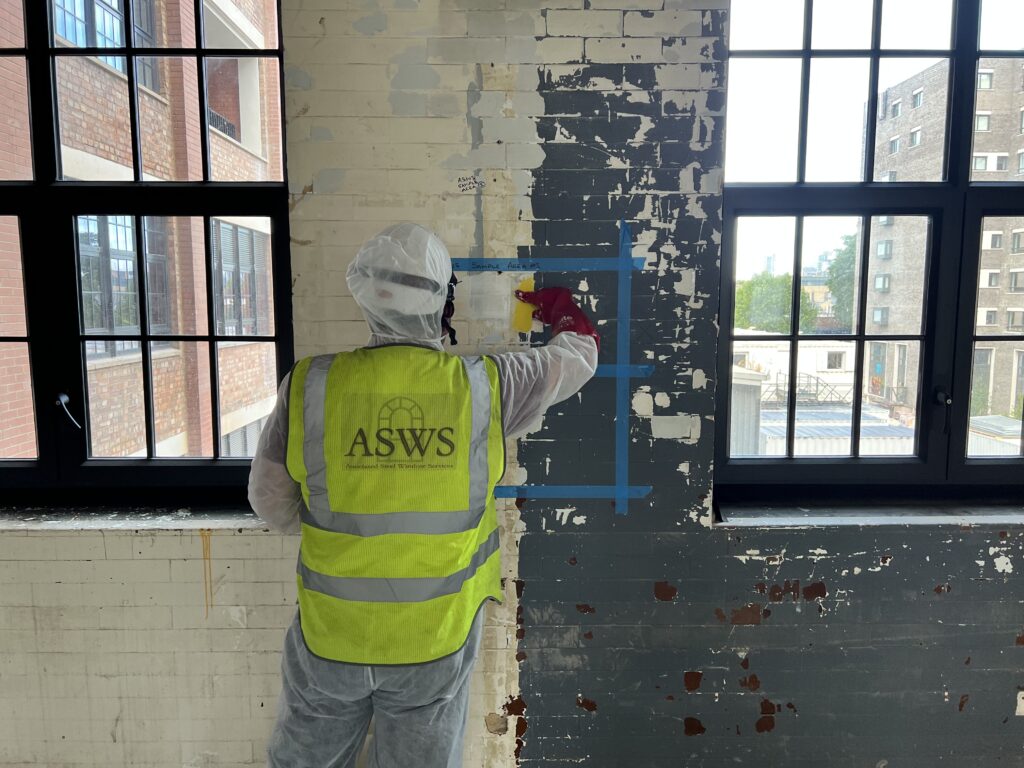
On-site grit blasting method
There is one other option which is on-site grit blasting. This has a significant impact on the health and safety requirements of the whole site. Normally any grit blasting requires a large generator which can be noisy, costly and creates fumes, and requires venting and locating outside. The work generates high levels of fine lead filled dust. The whole workplace needs to be controlled by tenting and exclusion zones, built externally and internally around the windows or surfaces being worked on. All operatives are required to wear full body RPE and significant hearing protection as the work is extremely noisy. Similar to asbestos treatment, provision of cleaning and showering facilities solely for those undertaking the works is essential. This level of set up and facilities is not possible on all projects but for some it is very well suited.
With our experience and expertise in this area we are able to offer each project a bespoke solution based upon the requirements of the client and site.
For more information on the services offer visit our services page.
